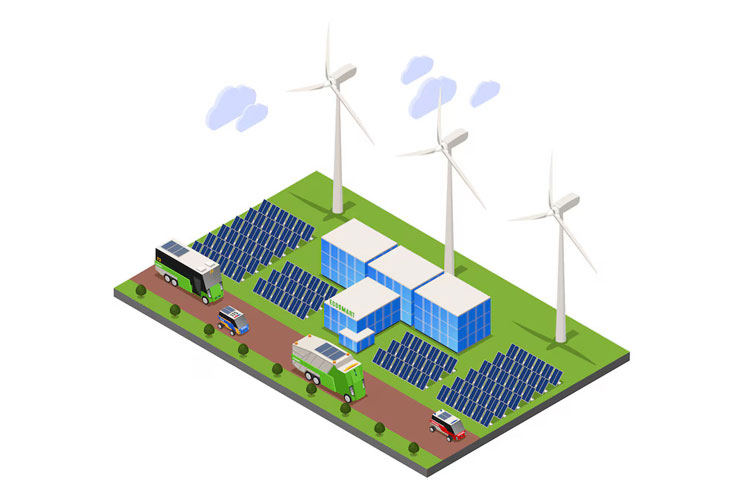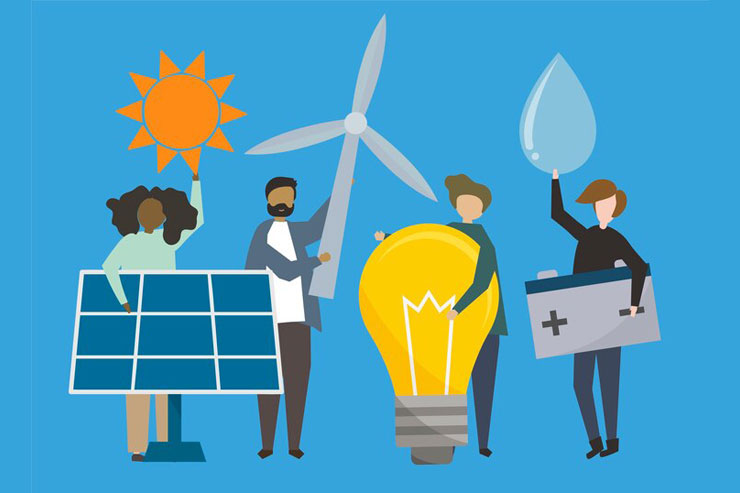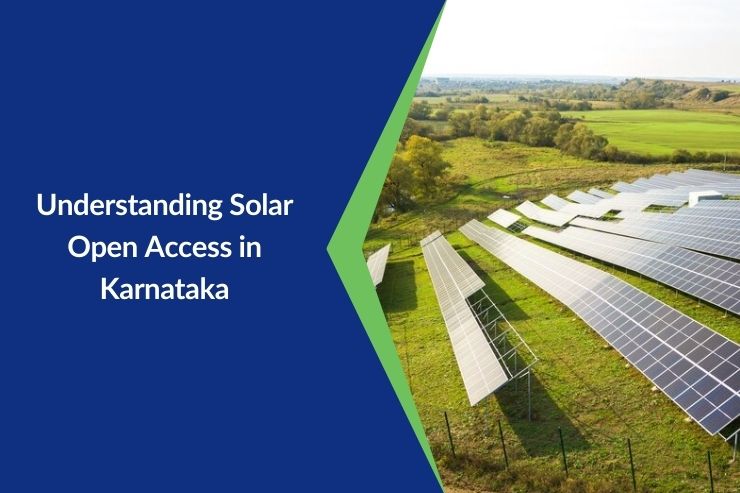The renewable energy sector is constantly advancing, with the goal of substituting fuels with sustainable options such, as solar, wind and hydroelectric power. This transition plays a role in curbing greenhouse gas emissions and addressing climate change. Moreover from a perspective it plays a role in cutting down carbon emissions and pollution levels which contributes to a healthier environment. In terms of the economy it fosters job creation drives innovation and lessens reliance, on fossil fuels. Socially the adoption of energy can enhance health by diminishing air and water pollution while offering cleaner energy alternatives.
Key Challenges in the Renewable Energy Industry
Challenges in Technology
- Dealing with Unpredictability and Dependability Concerns
Solar and wind power, which are sources of energy rely on weather conditions resulting in energy generation. This inconsistency can cause reliability issues due to the fluctuating nature of energy production. The main task is to ensure an energy supply despite these variations.
- Issues with Storing Energy
In order to tackle unpredictability it is essential to find solutions for storing energy. The current battery technologies have limitations in terms of capacity and longevity which restrict their ability to scale up. It is crucial to develop storage systems to maintain a balance between energy supply and demand.
- Integration into the Power Grid
Incorporating energy sources into the existing power grid infrastructure presents challenges. Compatibility problems may arise, making it challenging to manage grid stability and security effectively. Upgrading the grid infrastructure to accommodate the increased input from sources is vital.
Financial Hurdles
- High Initial Investment Requirements
Renewable energy technologies often demand investments. The expenses involved in installing panels, wind turbines and other necessary infrastructure can be a barrier. Securing funding and financial incentives plays a role in overcoming these obstacles.
- Market Forces and Competitive Landscape
The energy sector faces competition from established fossil fuel industries. Fluctuations in fossil fuel prices can diminish the competitiveness of energy options. Moreover, market dynamics, such as shifts in supply and demand, impact the growth of the industry.
Challenges in Policies and Regulations
- Inconsistencies in Regulatory Frameworks
The policies governing energy differ greatly from one region to another resulting in discrepancies. The lack of long term policies can discourage investments and hinder progress.
- Obstacles in Regulations
Obtaining permits and licenses for energy initiatives can be complex and time consuming. Regulations related to connecting to the grid may also present obstacles making it challenging to kickstart projects.
Community Concerns and Environmental Issues
- Public Acceptance and NIMBY Opposition
Resistance from communities, often referred to as the “Not In My Backyard” (NIMBY) syndrome, can impede the advancement of energy ventures. Misunderstandings about the effects of energy can spark opposition.
- Environmental Effects
Despite its eco-friendly nature, renewable energy can still have adverse impacts. The use of land for farms and wind turbines may disrupt wildlife habitats. Extracting resources for technologies may also raise concerns.
Innovative Solutions for Scaling Up Renewable Energy
Technological Innovations
- Advances in Energy Storage
Improving battery technology is vital for storing renewable energy. Innovations in lithium-ion batteries and alternative solutions like pumped hydro and hydrogen storage offer promising advancements. These technologies enhance storage capacity and efficiency, addressing intermittency issues.
- Smart Grid Technology
Smart grids improve grid resilience and reliability. Real-time energy management systems can optimise the distribution and consumption of renewable energy, ensuring a balanced and efficient power supply.
Financial Strategies
- Public and Private Investment
Increased investment from both public and private sectors is essential. Green bonds and climate funds can provide the necessary capital for renewable energy projects. Venture capital in clean tech startups can drive innovation and growth.
- Economic Incentives
Governments can offer subsidies and tax credits to support renewable energy development. Feed-in tariffs and renewable energy certificates can also incentivise the adoption of green renewable energy technologies.
Policy and Regulatory Improvements
- Supportive Policy Frameworks
Establishing long-term renewable energy targets and international cooperation agreements can provide a stable and predictable policy environment. This encourages investments and accelerates the transition to renewable energy.
- Streamlined Regulatory Processes
Simplifying permitting processes can reduce delays and lower costs for renewable energy projects. Encouraging decentralised energy production, such as community solar projects, can also enhance energy access and resilience.
Social and Environmental Strategies
- Community Engagement and Education
Raising awareness about the benefits of renewable energy is crucial for gaining public support. Collaborative decision-making with local communities can address concerns and build trust.
- Sustainable Development Practices
Implementing sustainable development practices minimises the environmental footprint of renewable energy projects. Promoting biodiversity and protecting wildlife habitats during project development can mitigate negative impacts.
Scaling up renewable energy presents numerous challenges, including technological, economic, policy, and social barriers. However, innovative solutions and collaborative efforts can overcome these obstacles. The future of the renewable energy industry looks promising with advancements in technology, supportive policies, and increased investment. Long-term sustainability goals are within reach, paving the way for a cleaner and more resilient energy system.
Frequently Asked Questions
What is the Renewable Energy Industry?
The renewable energy industry focuses on generating power from sustainable sources like solar, wind, and hydroelectric power. It aims to replace fossil fuels to reduce greenhouse gas emissions and combat climate change.
What are the Main Challenges of Renewable Energy?
Key challenges include technological barriers like energy storage and grid integration, economic and financial hurdles, policy and regulatory issues, and social and environmental concerns.
How is Renewable Energy being Utilised in India?
India is rapidly expanding its renewable energy capacity, particularly in solar and wind power. The country aims to achieve ambitious renewable energy targets to reduce its carbon footprint and enhance energy security.
What does the Future Hold for the Renewable Energy Industry?
The future of the renewable energy industry is promising, with advancements in technology, increased investment, and supportive policies driving growth. Emerging trends include smart grids, improved energy storage, and decentralised energy production.
What are the Challenges Facing the Energy Sector?
The energy sector faces challenges such as transitioning from fossil fuels to renewable energy, ensuring energy security, managing grid stability, and addressing the environmental and social impacts of energy production.
By addressing these challenges and implementing innovative solutions, the renewable energy industry can scale up effectively, contributing to a sustainable and greener future.











